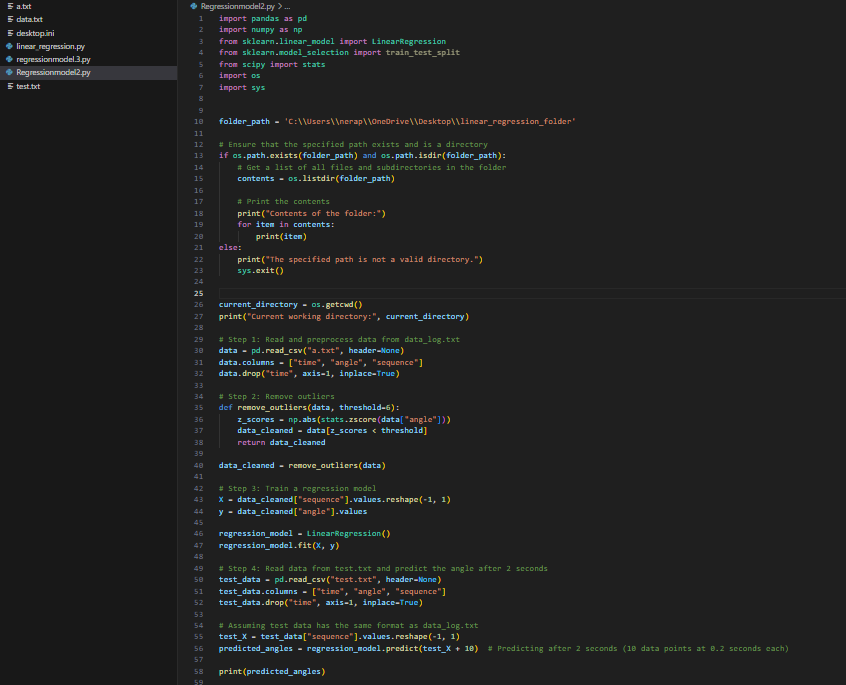
NOW
The Foilpal project has seen remarkable advancements in its recent endeavors. One of its most significant achievements has been the success of its predictive model. This model possesses the capability to anticipate up to five seconds into the future. Such an accomplishment didn't just fortify the foundation of FOILpal but also reignited my passion and curiosity, pushing me towards exploring other alternatives to further refine our predictive model.

I have embarked on a new venture aimed at developing a model that identifies patterns and tendencies in the dataset. These patterns draw parallels with older, historical data. By classifying and organizing these patterns into distinct groups, the model can potentially forecast a failure much earlier than the previous limit of just five seconds. The broader implications of this project are monumental. Not only will it revolutionize how wing foilers learn the art of foiling, but due to its machine learning adaptability, it can be integrated into virtually any movable board, thereby aiding learners across various disciplines.

Moreover, the adaptability of this model goes past just failure predictions. It can be recalibrated to recognize success patterns, providing users with real-time feedback when they execute the right movements. This feedback mechanism can significantly bolster the learning curve for many.

Beyond the athletic realm, the potential applications of the FOILpal device are vast. Elderly individuals or patients recovering from accidents stand to benefit immensely from the foilpal. The device can act as a supportive tool, helping them improve their coordination, thereby hastening their road to recovery and boosting their overall quality of life.